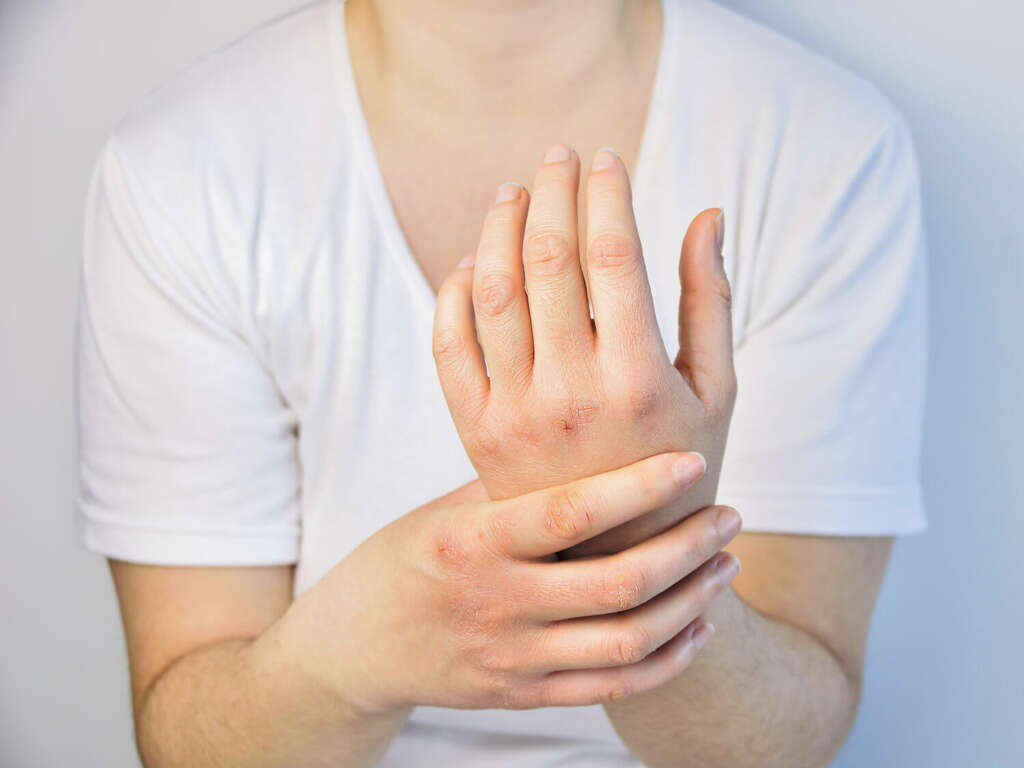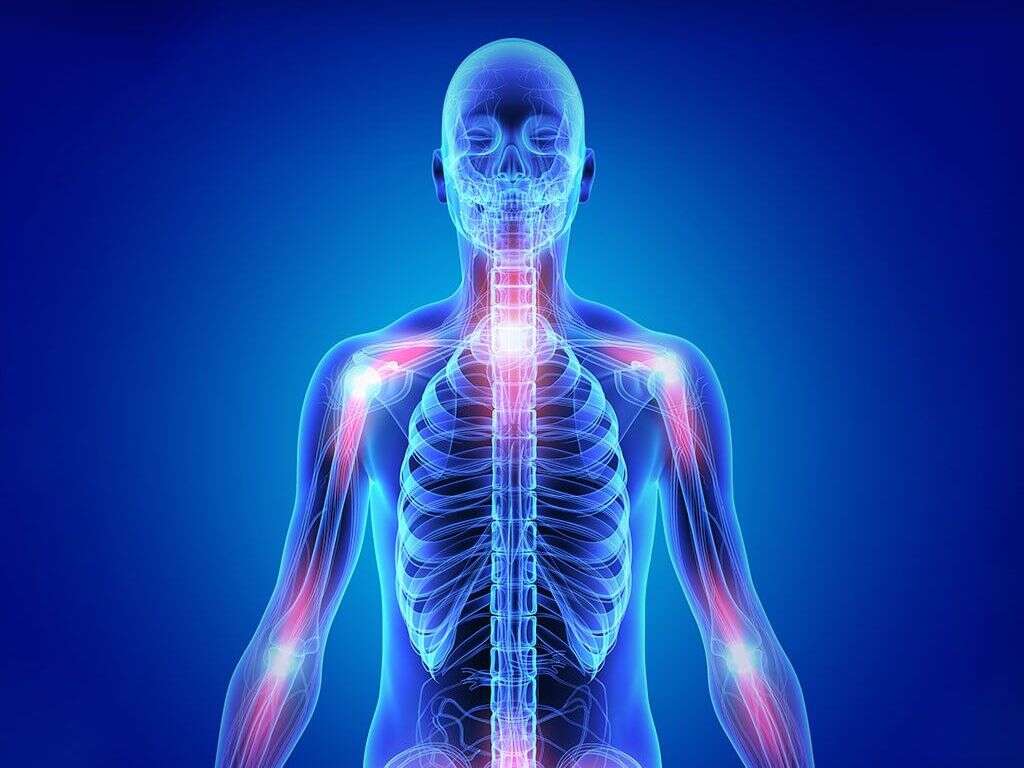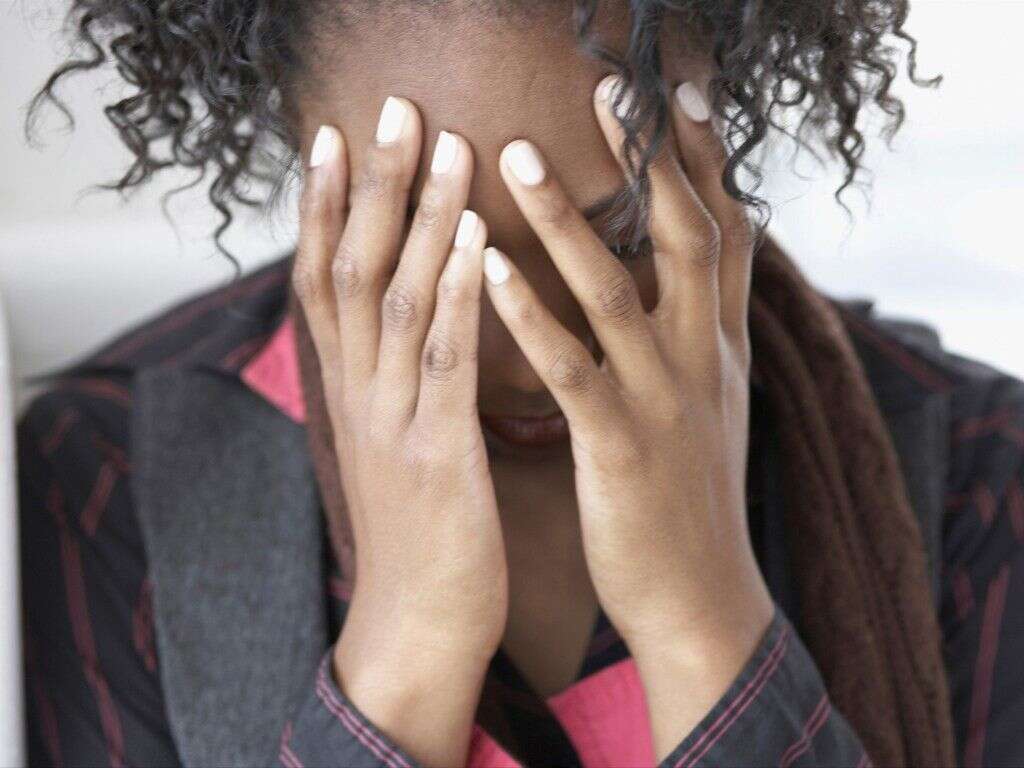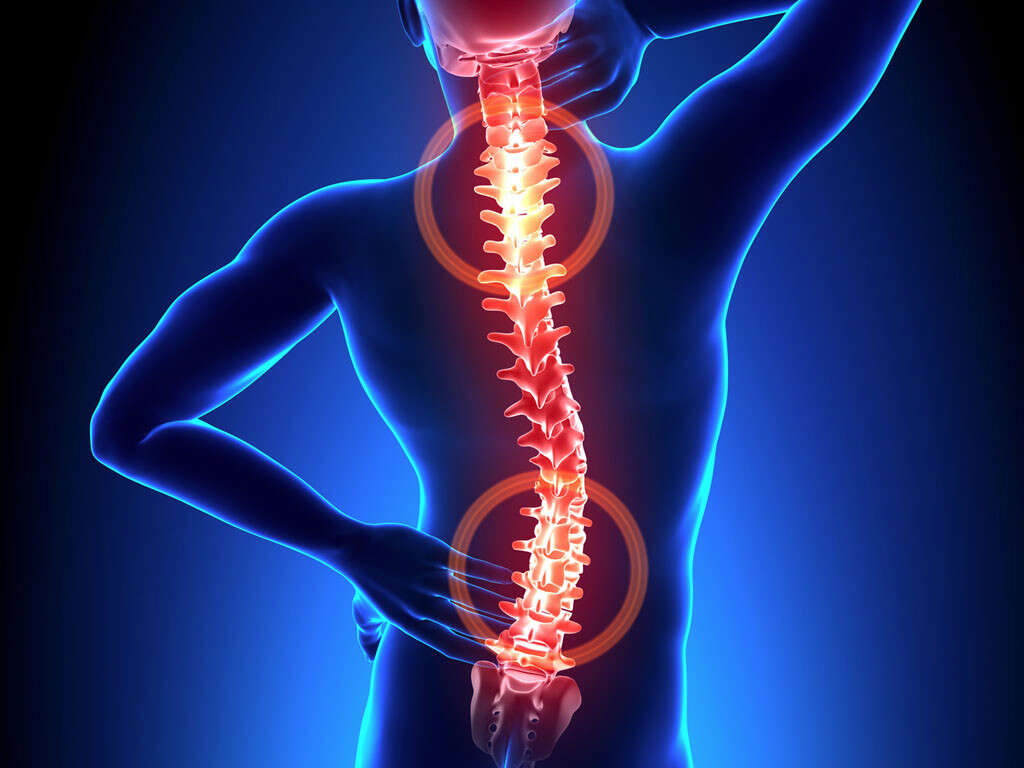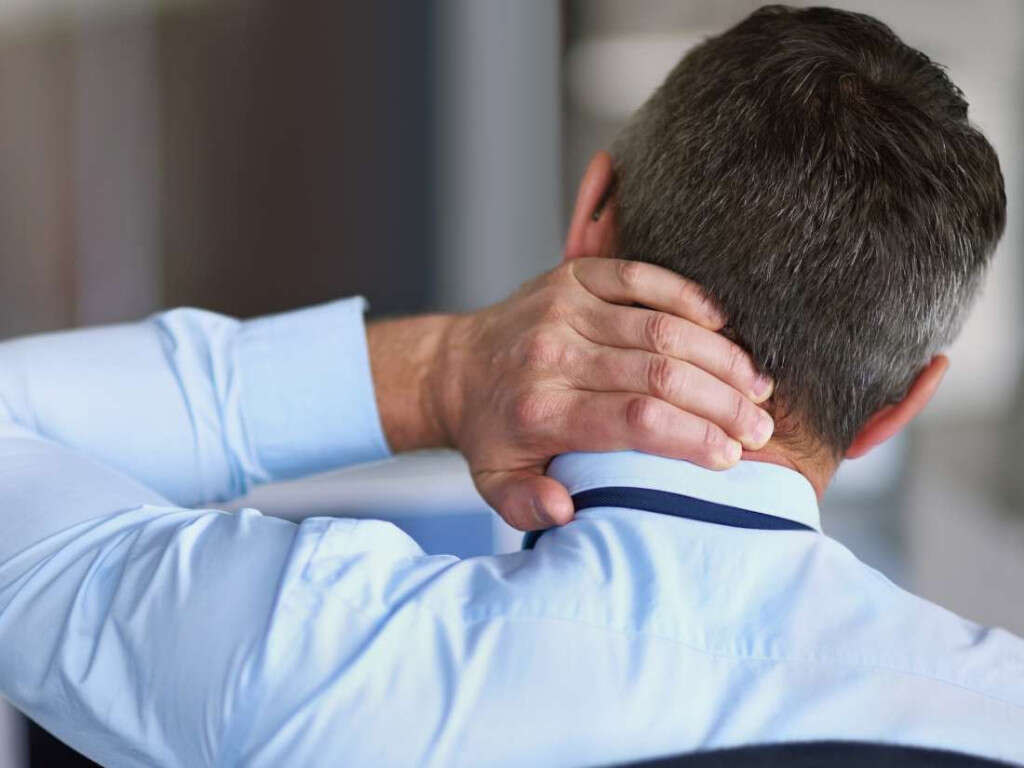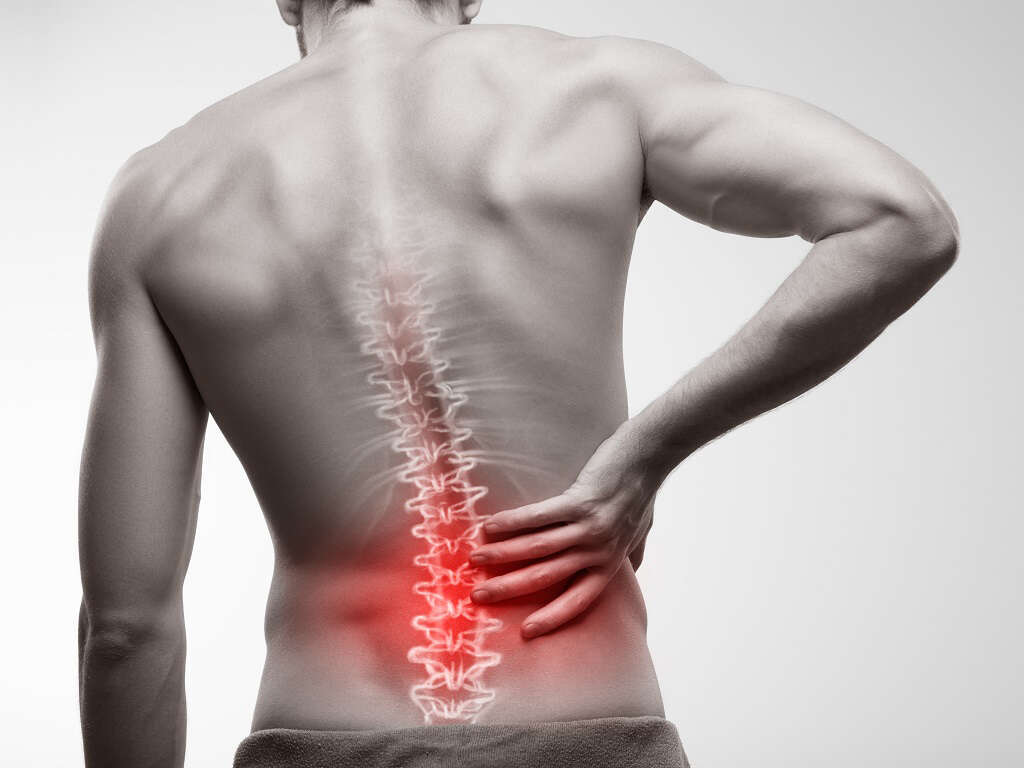What Is Spondylosis?
Our spines have to support our weight every day. They also need to be flexible enough to allow us to move and balance, and they also need to be able to absorb energy from impacts such as landing on the floor after jumping. They have evolved to be able to do all of these things, and it can be easy for us to take them for granted.
As we get older, though, it becomes increasingly frequent that we get aches and pains in our back, and for some people it is almost a daily occurrence. For some, the situation can get to the point where the spine causes considerable pain, and can the patient can also become less mobile. There are various reasons this can happen, and one of them is spondylosis.

1. Spondylosis
Every single day we are moving and the joints in our bodies are moving and rubbing against each other. This is not usually a problem because our joints have evolved to be able to absorb the stresses and strains of day to day use. Any wear and tear is so slight that it will not affect us, at least not for a while.
Over the years, even minuscule amounts of daily wear and tear will accumulate to become something more significant. Our joints will start to develop aches and pains and we will become less mobile than we used to be. This can happen in all of our joints including the joints in our spine, causing a condition known as spondylosis.
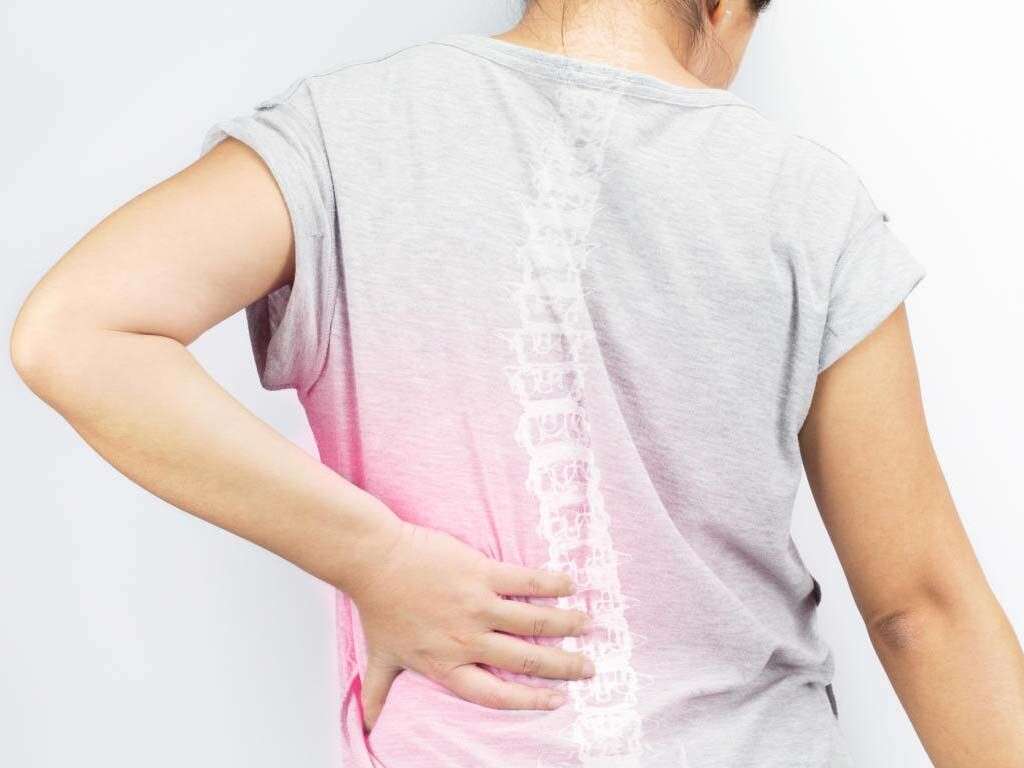
2. Bone Spurs
As our bones are used, it is to be expected that they will wear away. Our body responds to this by creating more bone to help replace the bone that is lost. This helps to keep our bones healthy and strong well into our old age. This replacement of the bone will not always go according to plan, however. The body can sometimes overcompensate when it comes to reducing lost bone.
In some cases, too much bone will be formed in a particular spot, and this can cause growths of bone to begin protruding from the main structure. These growths, known as bone spurs, will sometimes put pressure on surrounding nerves and tissues. This can cause pain, immobility, and other problems.
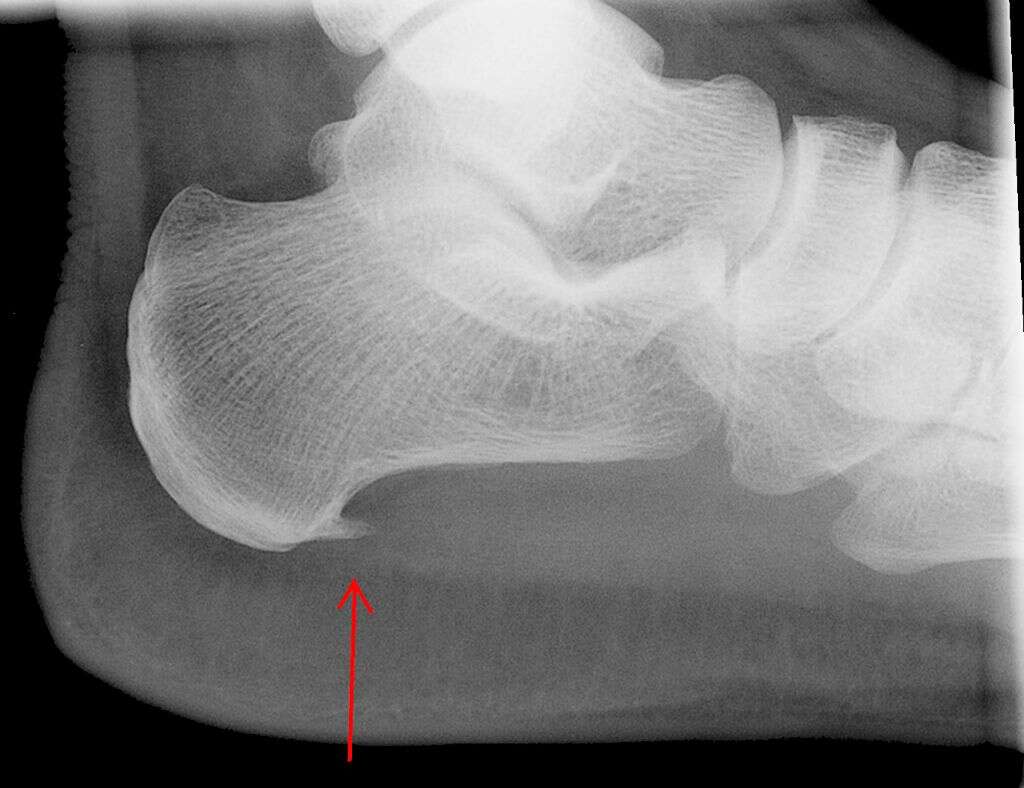
3. Stiff Ligaments
Ligaments are tough materials that help to hold our body together. They are made from tough materials that enable them to withstand the forces they are exposed to without breaking. However, they also need to have some degree of flexibility in order to allow the body to move when it needs to.
As time goes by, these ligaments will become increasingly stiff and, when this happens, we will become less mobile. The stiffness will develop very gradually and will be barely noticeable to begin with, but it can progress to the point where the patient finds it difficult to move at all.
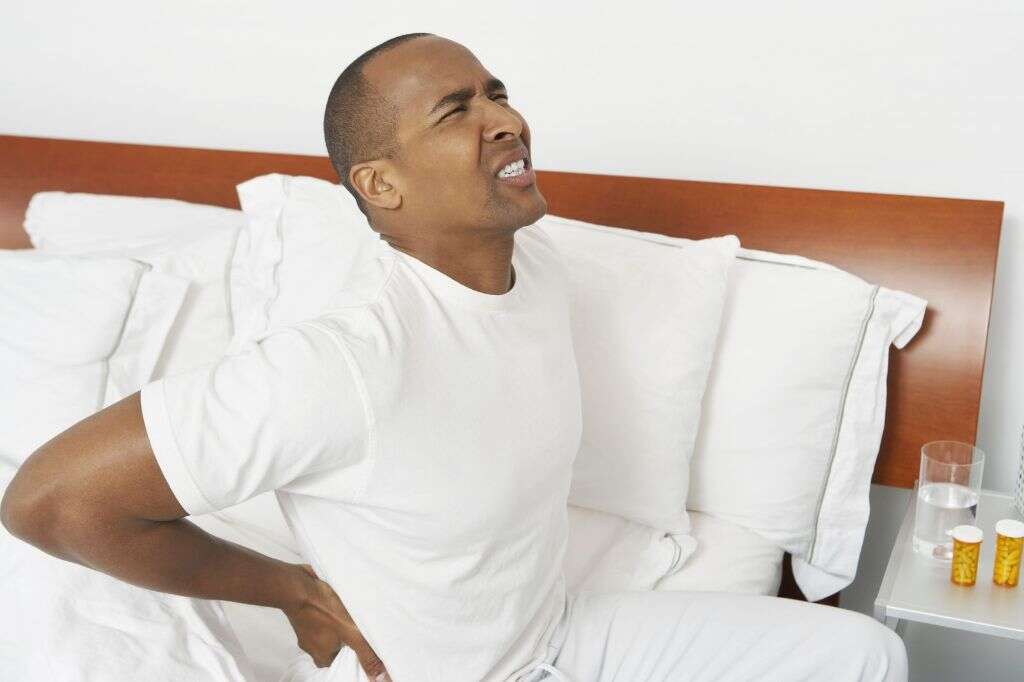
4. Dehydrated Disks
Our spines are made up of 33 separate pieces of bone that are known as vertebrae. Each of these vertebrae is separated by natural cushions that are disc shaped. These cushions are filled with a jelly-like substance that helps to absorb the shock every time there is movement in our spine.
As time goes by, the fluid inside these disks will gradually dry out. As they become dryer, they become less effective at absorbing the shock and this can make it increasingly harder for us to move our spine. This is a condition known in the medical field as disc desiccation.
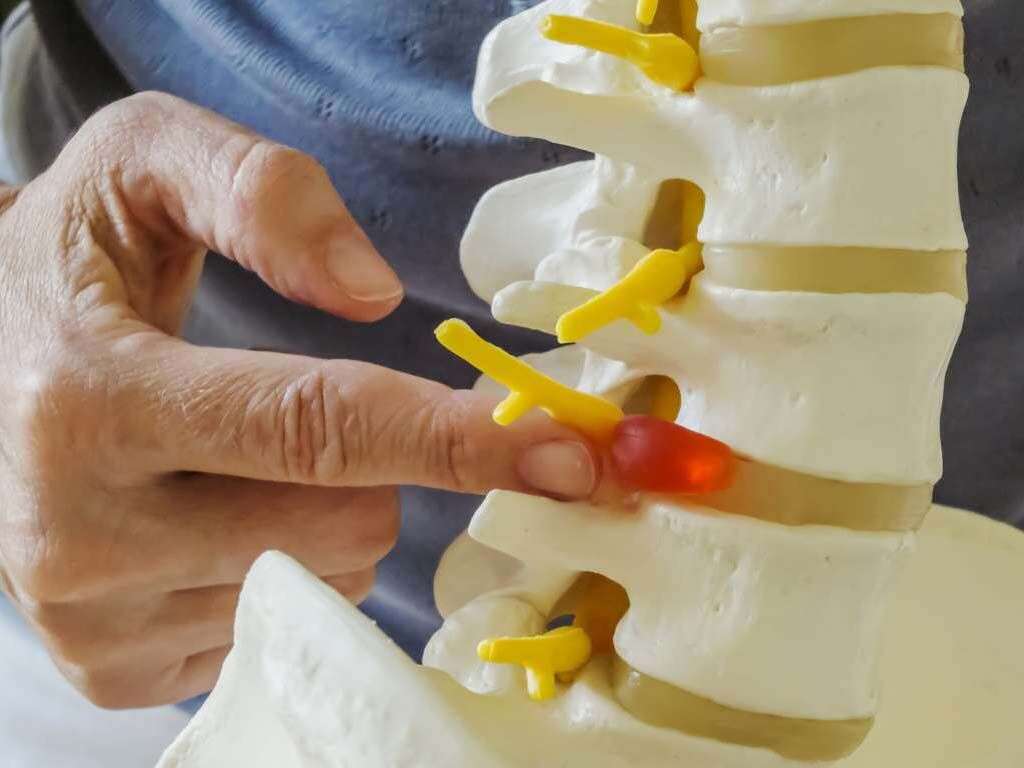
5. Herniated Discs
Another fairly common cause of spondylosis is herniated discs. The condition is also known as slipped discs, ruptured discs, and bulged discs. This is another condition that affects the discs between each vertebra that act as cushions. It happens due to the way the discs are located in a structure that surrounds the disc, helping to keep them in place.
In some instances, the disc will rupture through this structure, resulting in what we call a herniated disc. The condition can be very painful for the patient and it can also have a considerable negative impact on their mobility. The condition can be treated in many cases.
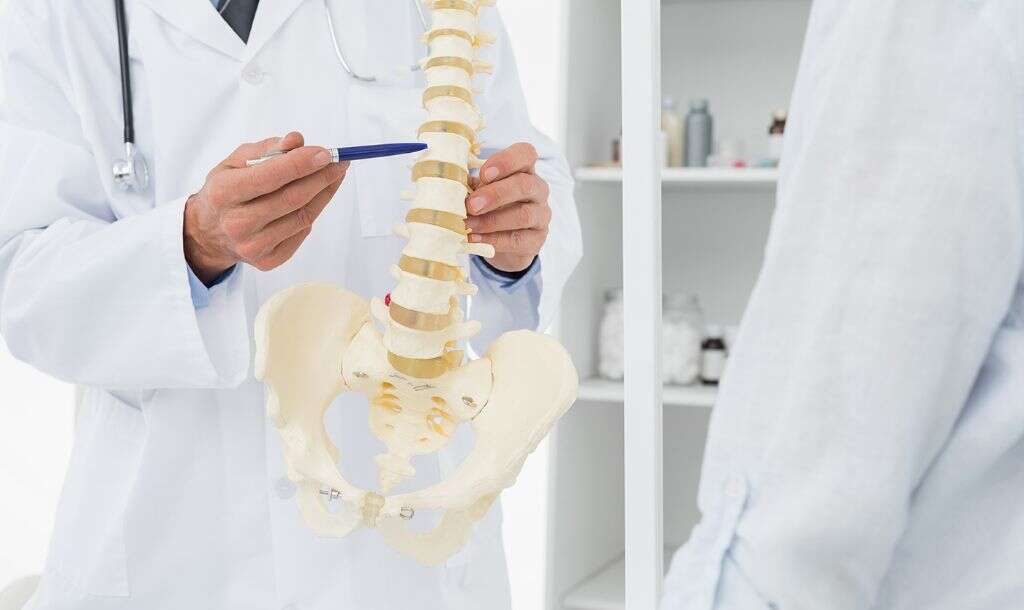
6. Symptoms
The majority of people with spondylosis will have no symptoms. The symptoms become more likely to show as time goes by, however, as the joints of the spine continue to gradually deteriorate. When symptoms do show, they will tend to include stiffness and pain in the neck. Spondylosis can also cause the cavity in the spinal column to become narrower.
This can cause the nerves inside to become pinched and squeezed, and this can result in a number of other symptoms. These include a lack of coordination and weakness, numbness and tingling sensations, and some patients will also have difficulty controlling their bladder.

7. Complications
When pressure continues to be placed on the nerves in the spine, the nerves can eventually become damaged. This can cause the patient to permanently lose control over certain bodily fictions, and they can become paralyzed from the waist down. Being paralyzed from the waist down is a condition that is known as paraplegia.
Spondylosis can also result in tetraplegia, which means that the patient has suffered at least a partial loss of control over all four of their limbs. Pressure sores can also develop, and some types of spondylosis can also result in damage to the lungs, and frequent lung infections.

8. Who’s At Risk
People most at risk of spondylosis are mostly people that are ageing. This is simply on account of there being more time for their joints to deteriorate. However, there are other factors that can cause people to develop the problem sooner than they otherwise would have done.
Another contributing factor is genetics and somebody is more likely to develop spondylosis if there is a history of it in the family. There is also thought to be a link between smoking and spondylosis, and neck injuries are another contributing factor. People in occupations that put a lot of strain on the spine are also in a higher risk category.

9. Diagnosis
Your doctor will likely need to perform a brief physical exam, and they will also need to ask you about your symptoms. They will also likely need to know about your medical history. If they do suspect spondylosis then they will need to request tests to confirm what is causing your symptoms.
Tests for spondylosis will often include tests that help to measure how well your nerves are functioning. Imaging tests may also be requested to help experts see what is happening with the spine visually. These will sometimes include injecting a specialized dye that will help certain structures to show more clearly on the images.
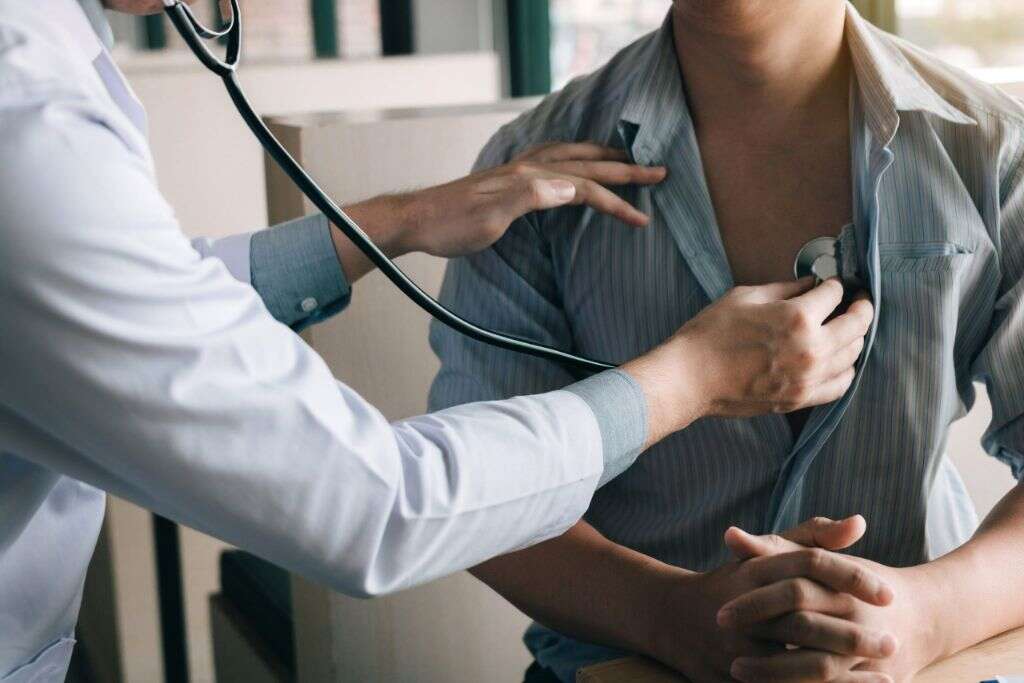
10. Treatment
Treatment for spondylosis will usually involve medication. This can mean anti-inflammatory medication and muscle relaxants. Corticosteroid injections may be given if there is severe pain, and anti-seizure medication can also relieve pain, as can some anti-depressants.
In some cases, surgery will be considered necessary. This can mean procedures that involve removing parts of vertebrae to help relieve pressure. It can also mean removing bone spurs, or removing and replacing herniated discs. In some cases, a procedure that fuses together segments of the neck may be performed. Therapy may also be used that will help to strengthen and stretch the muscles.




